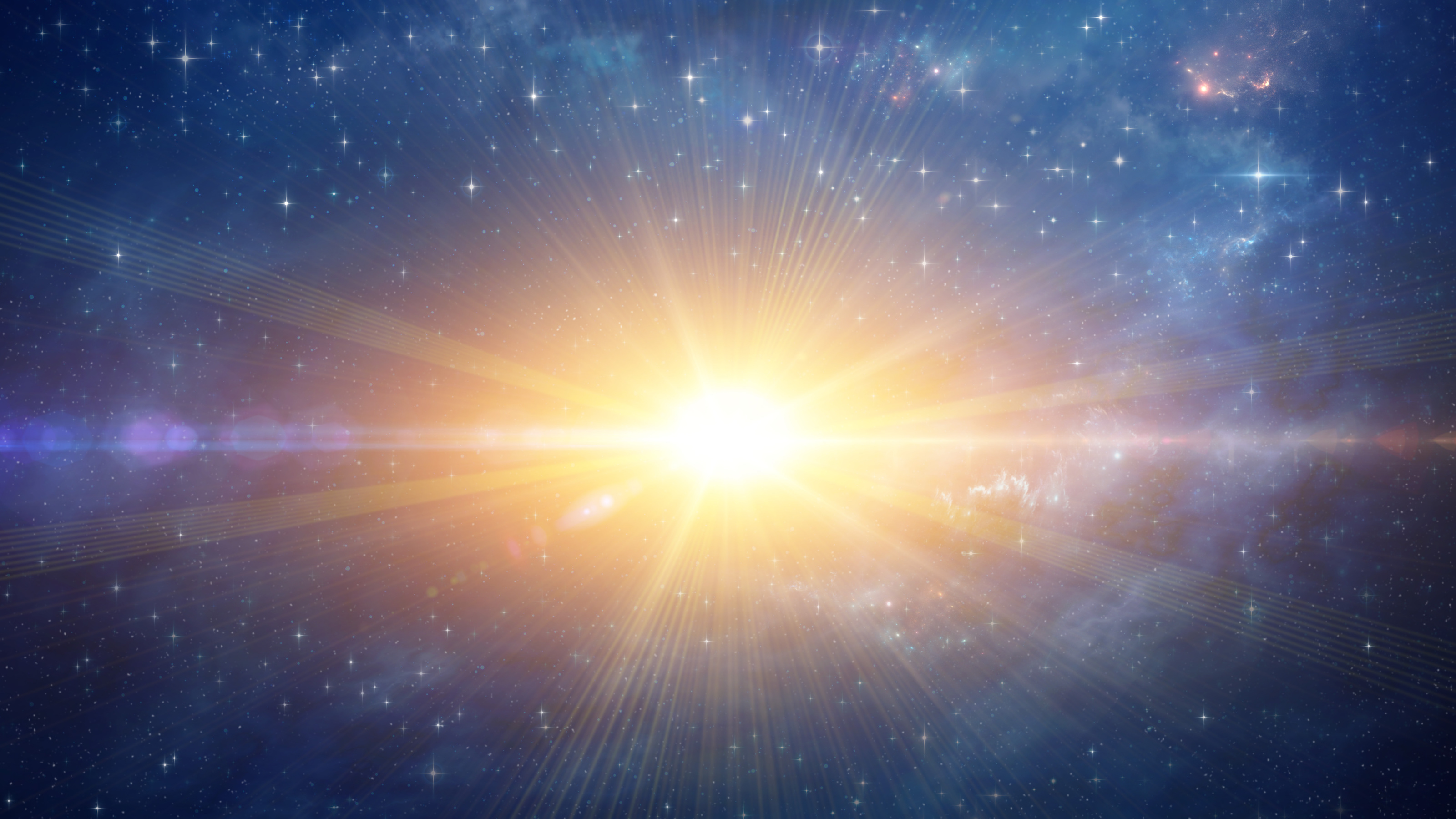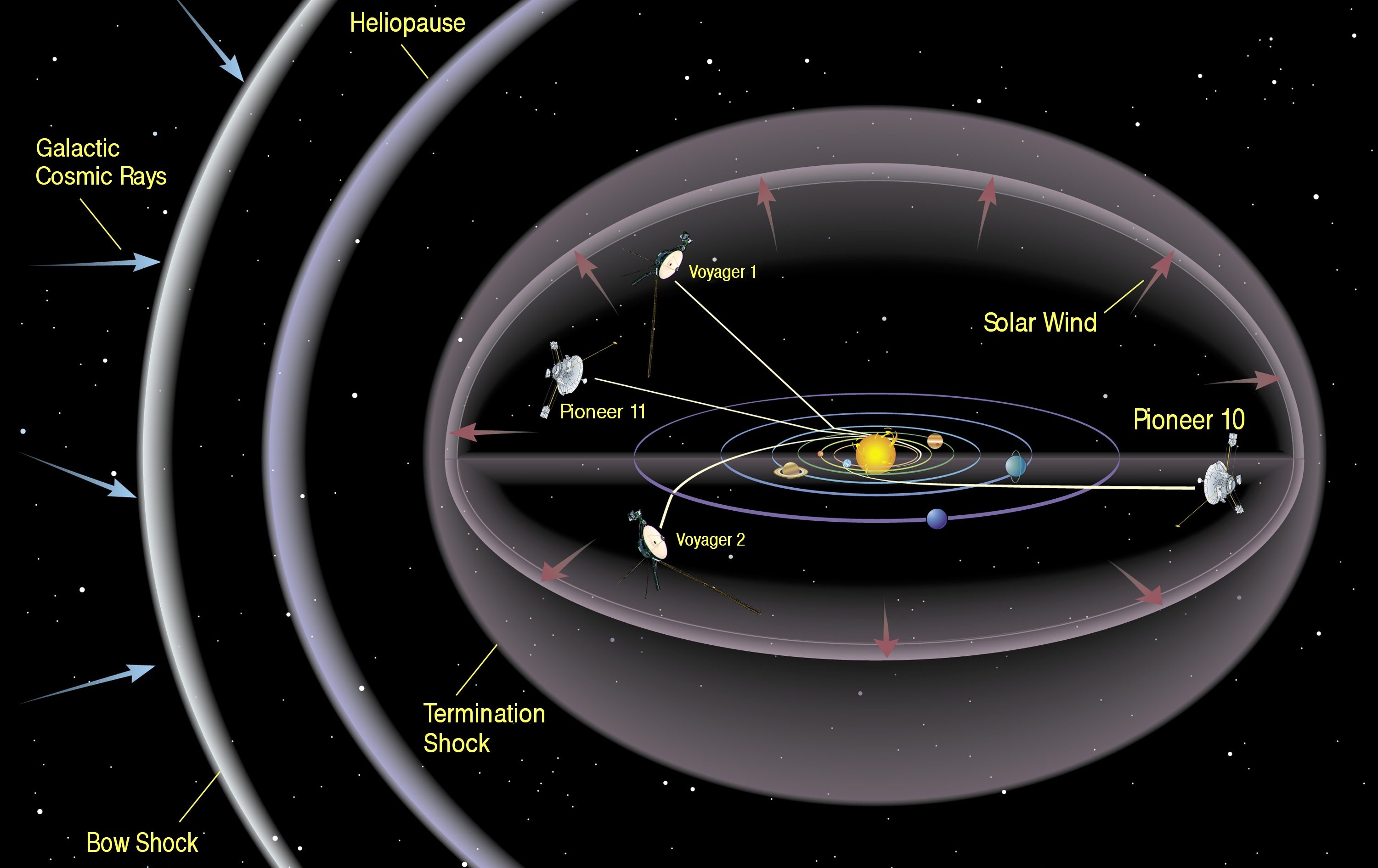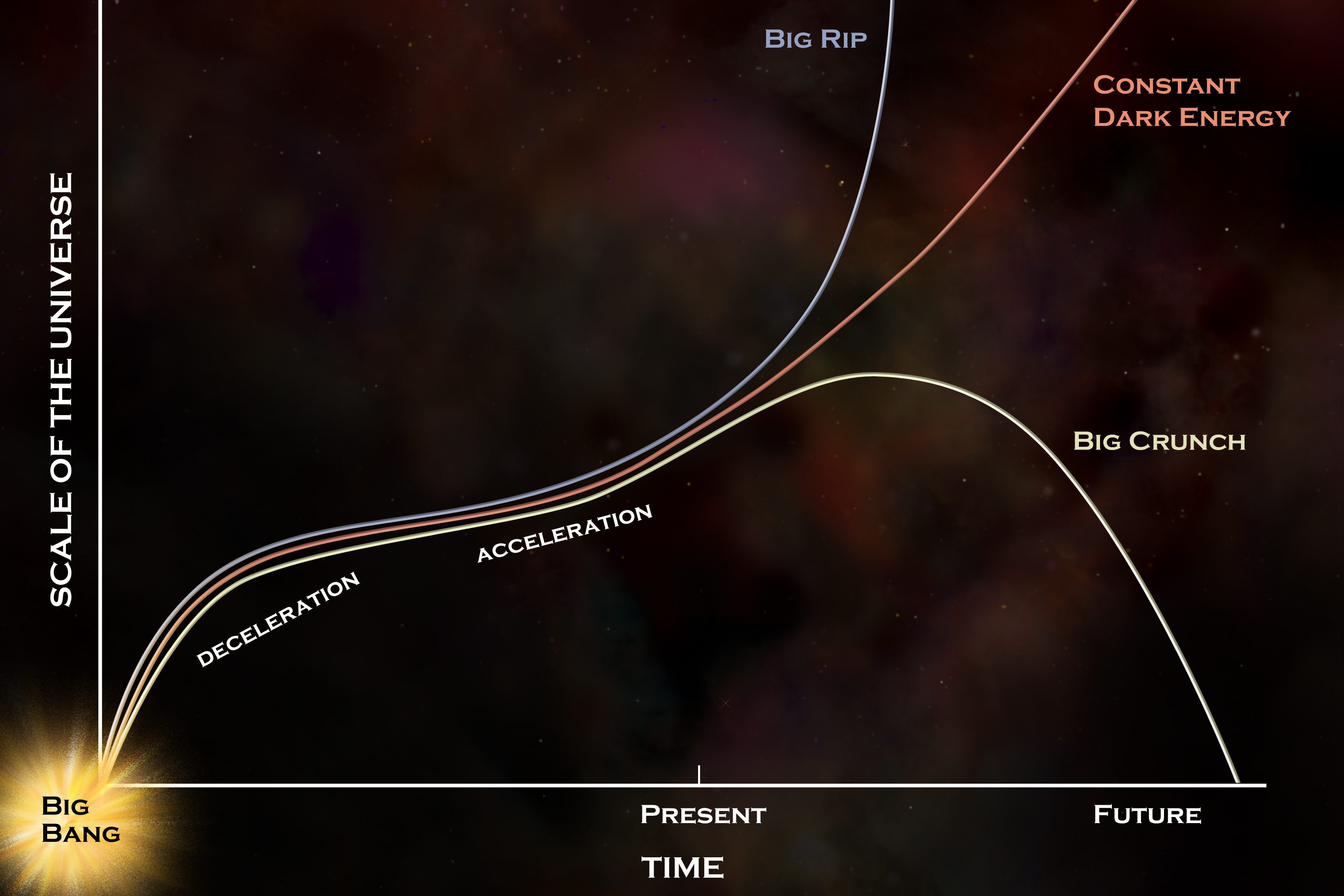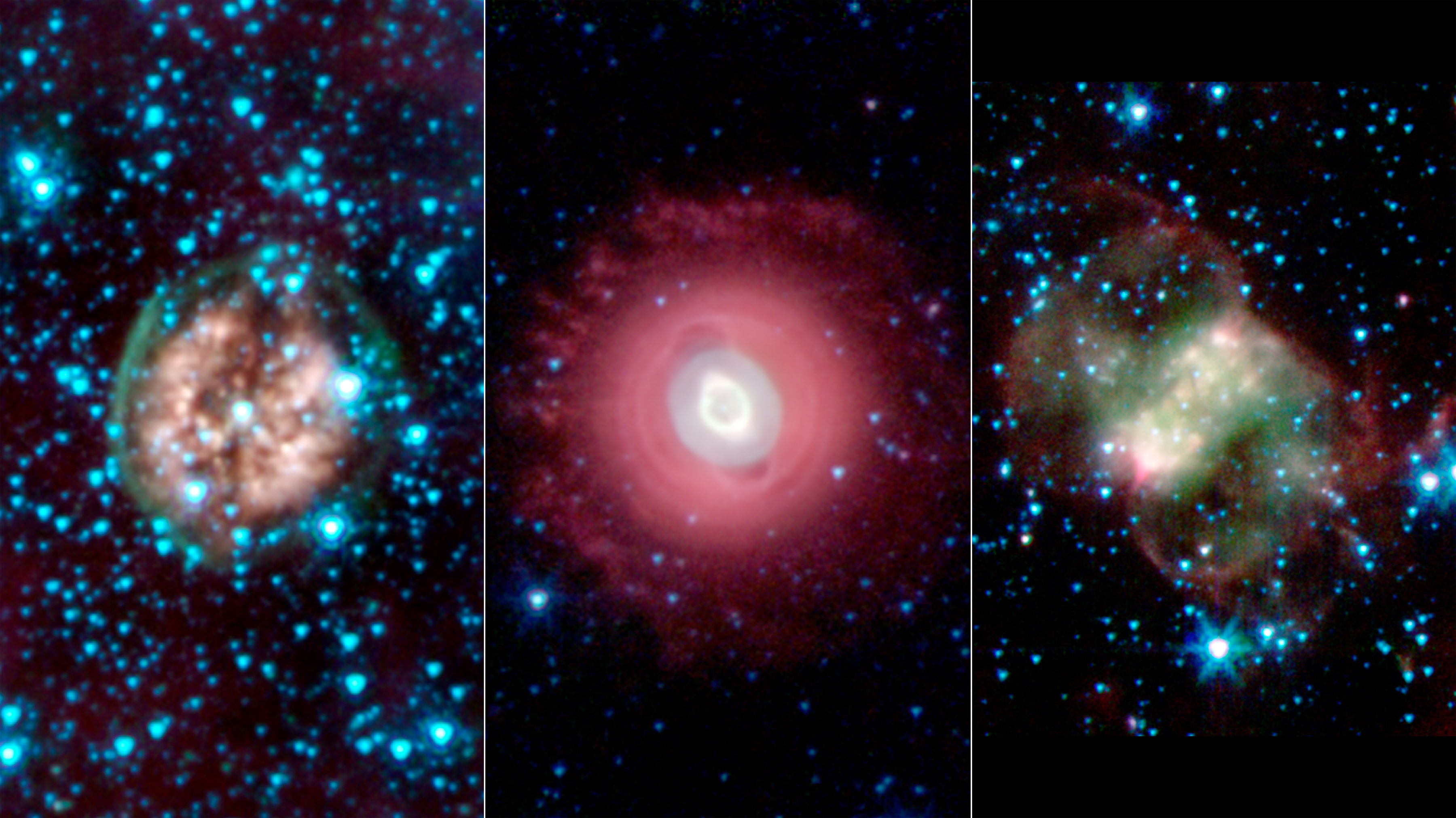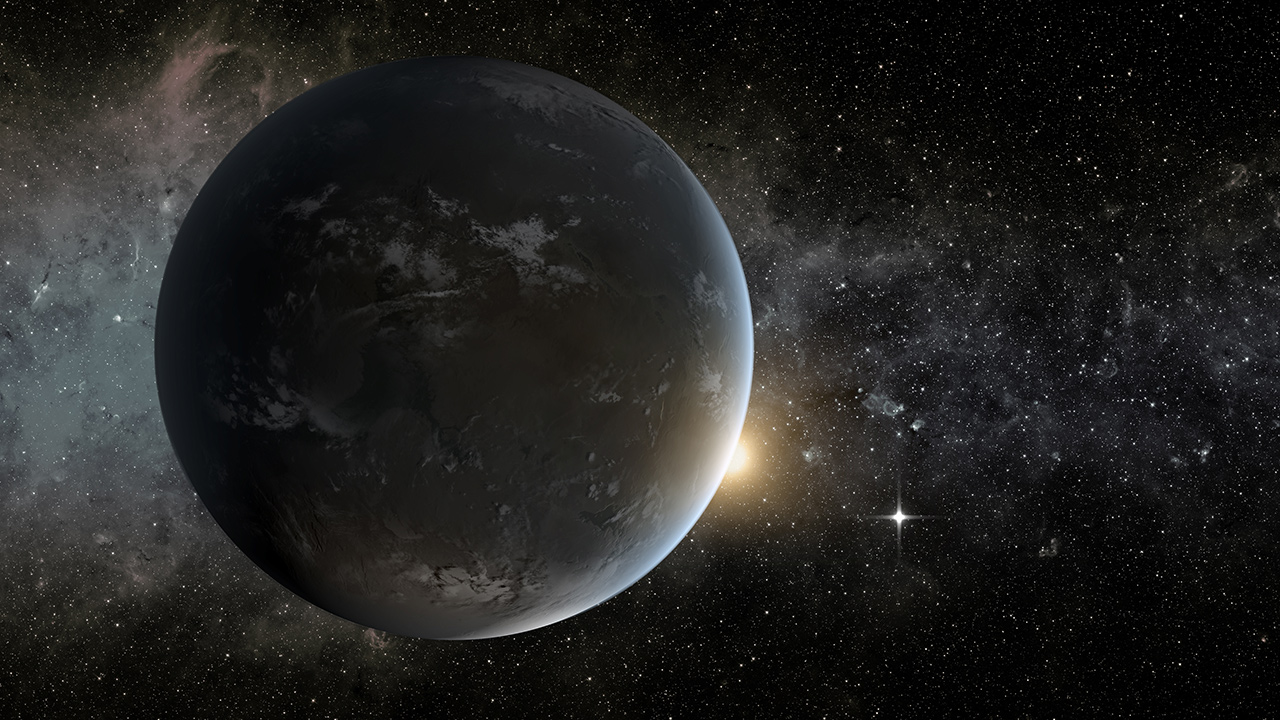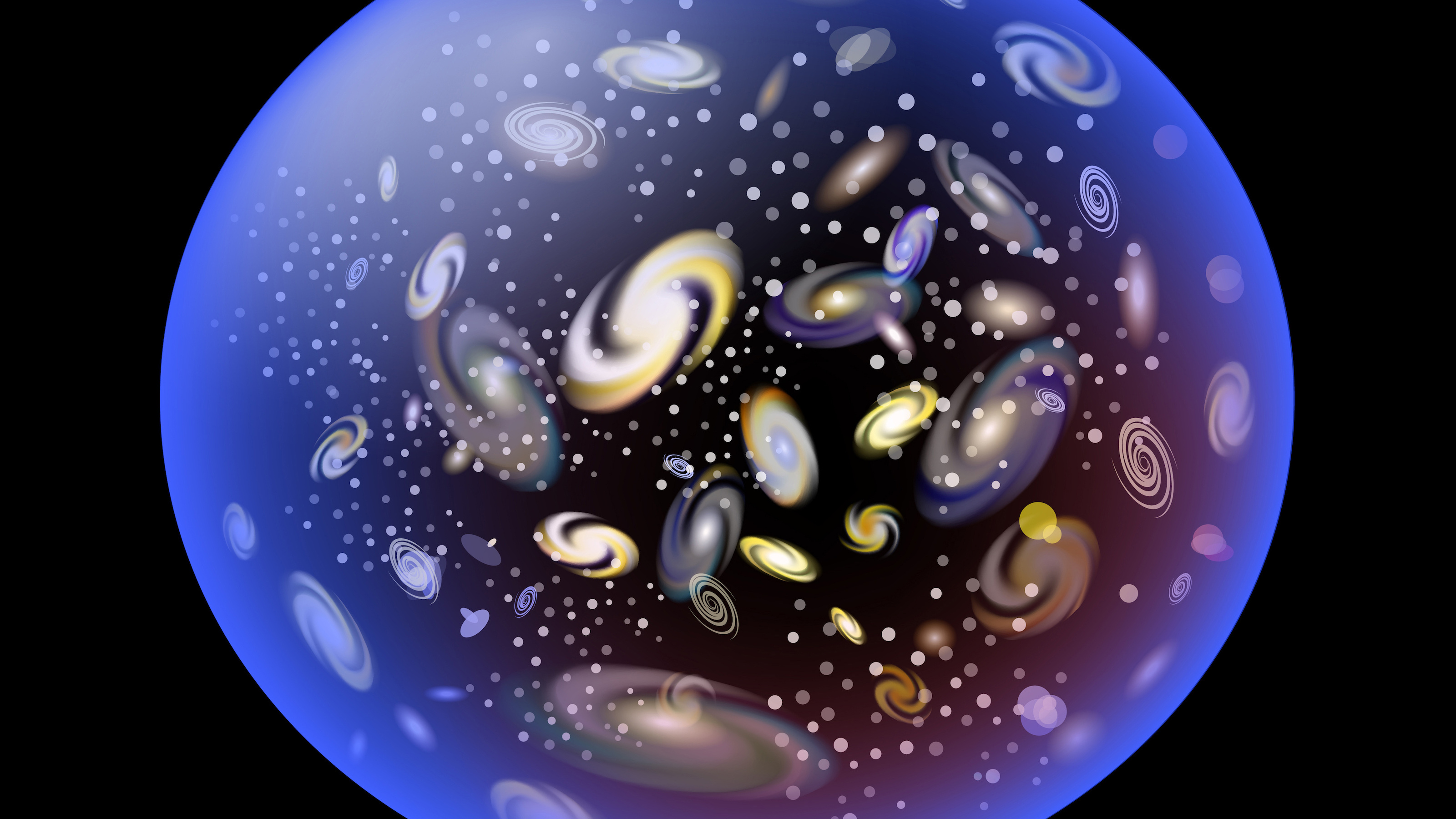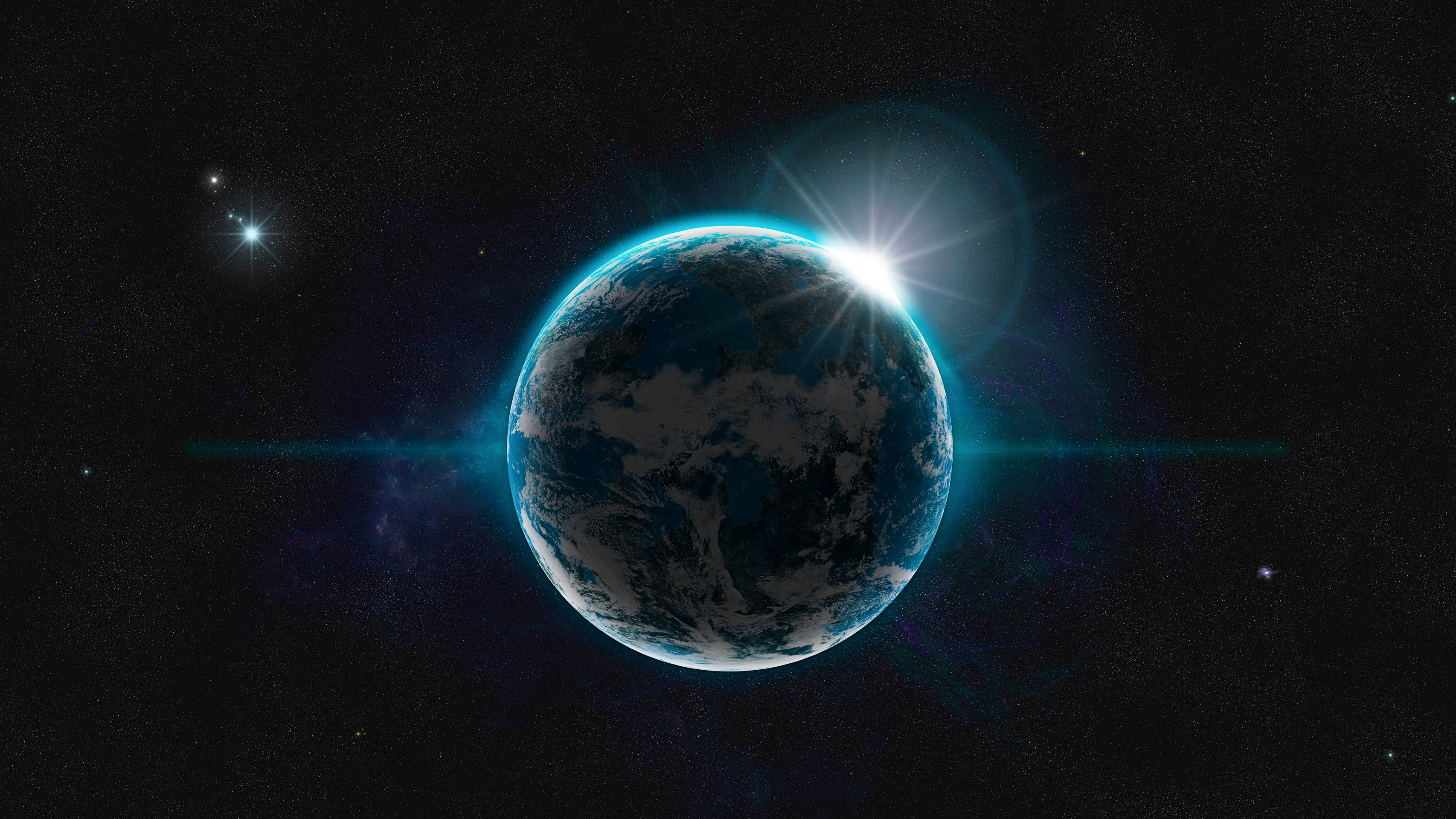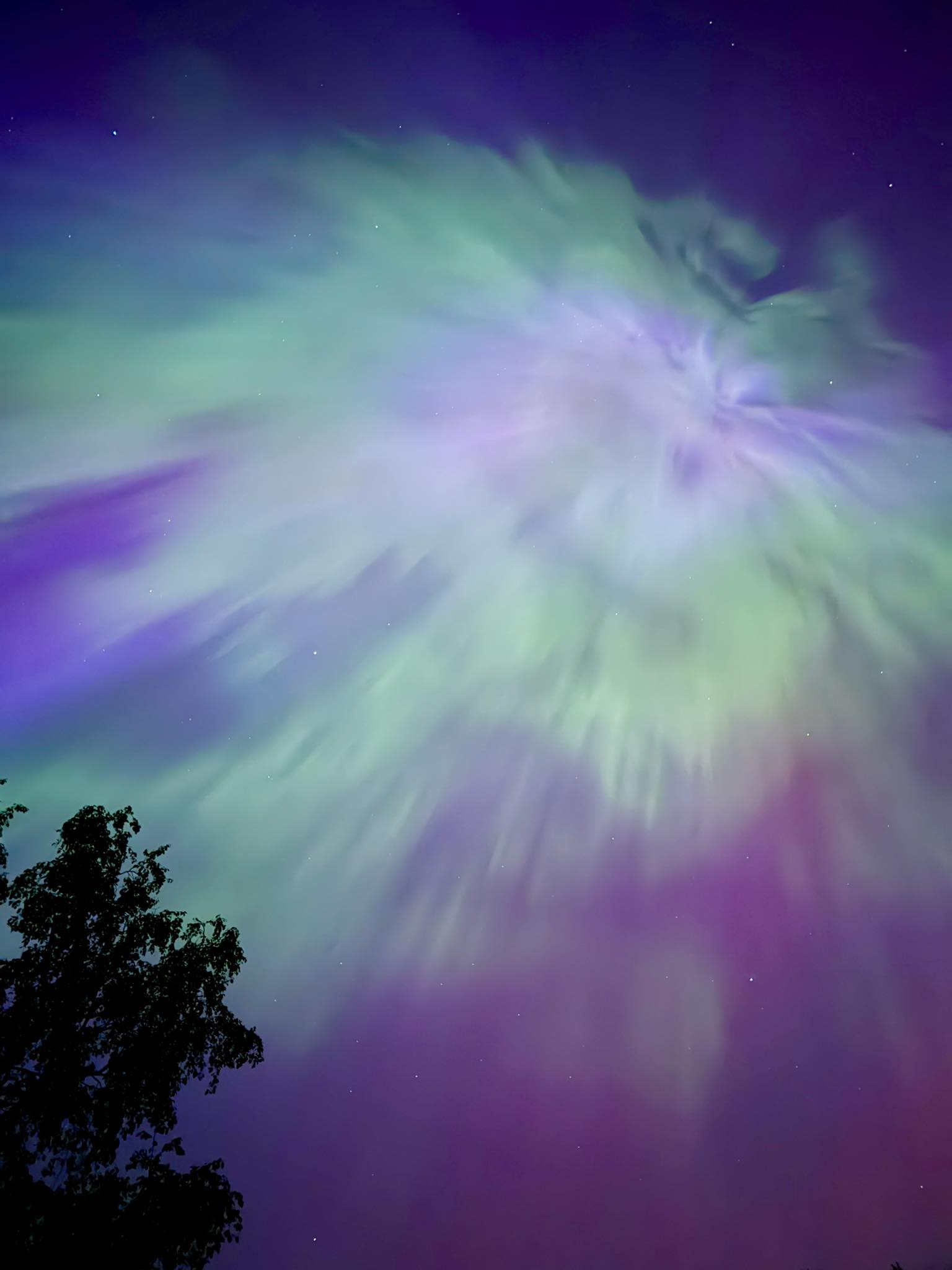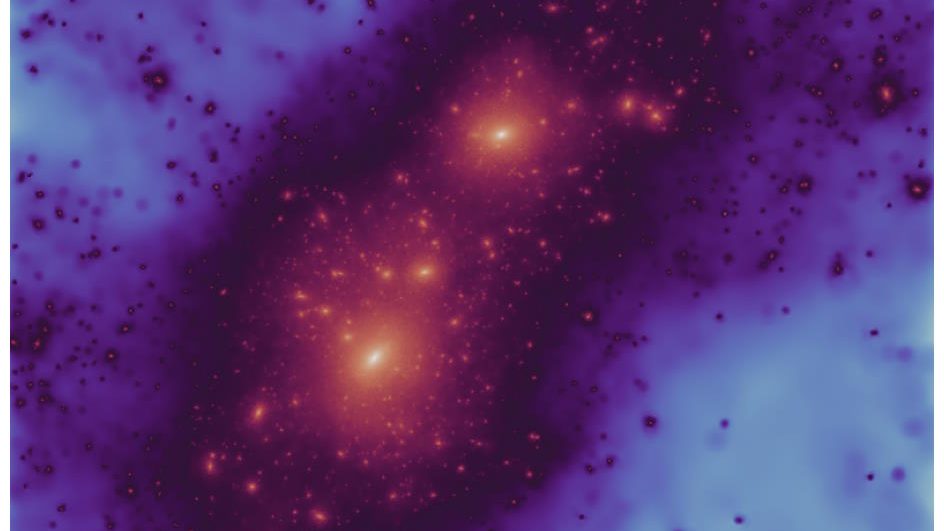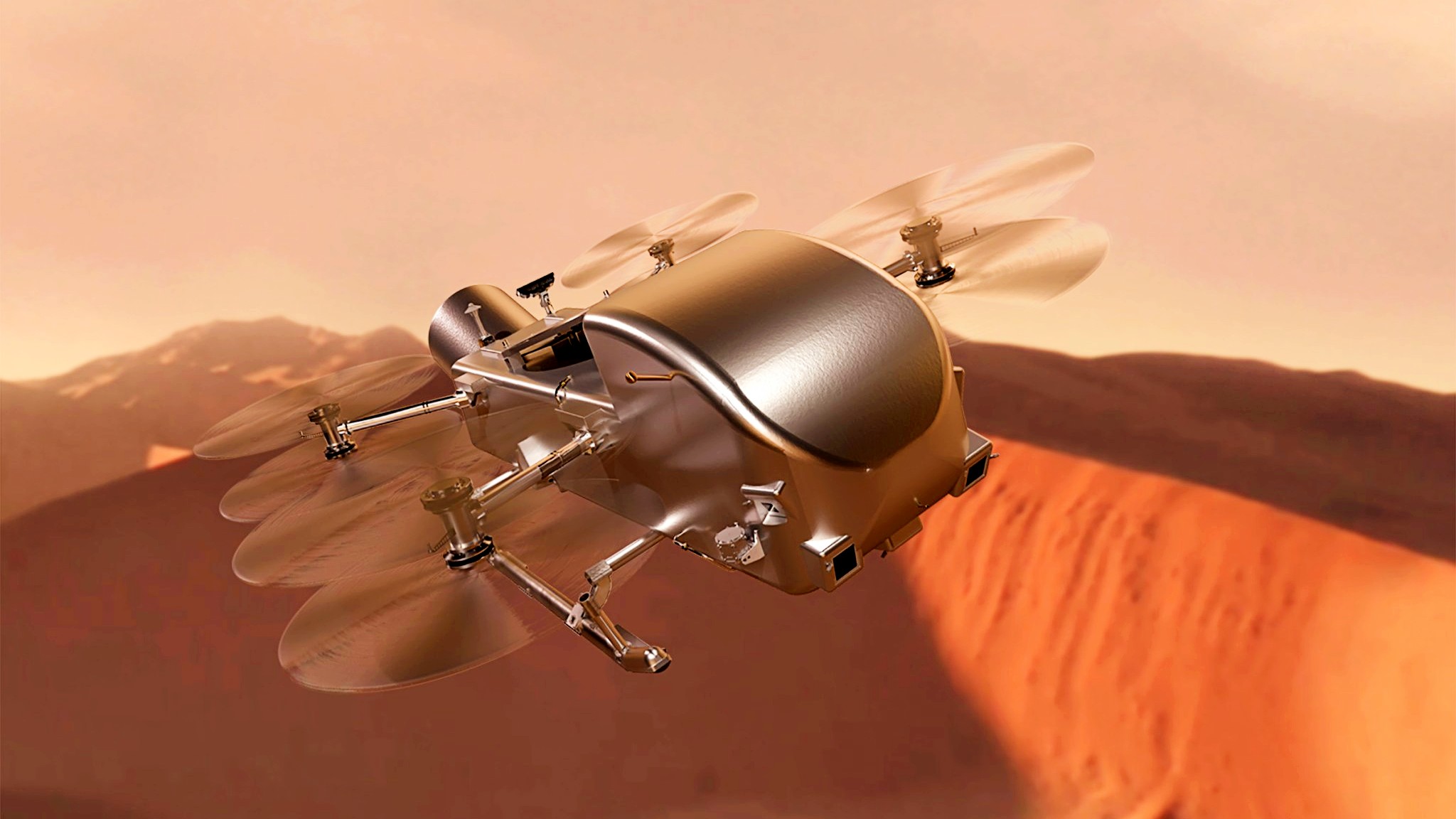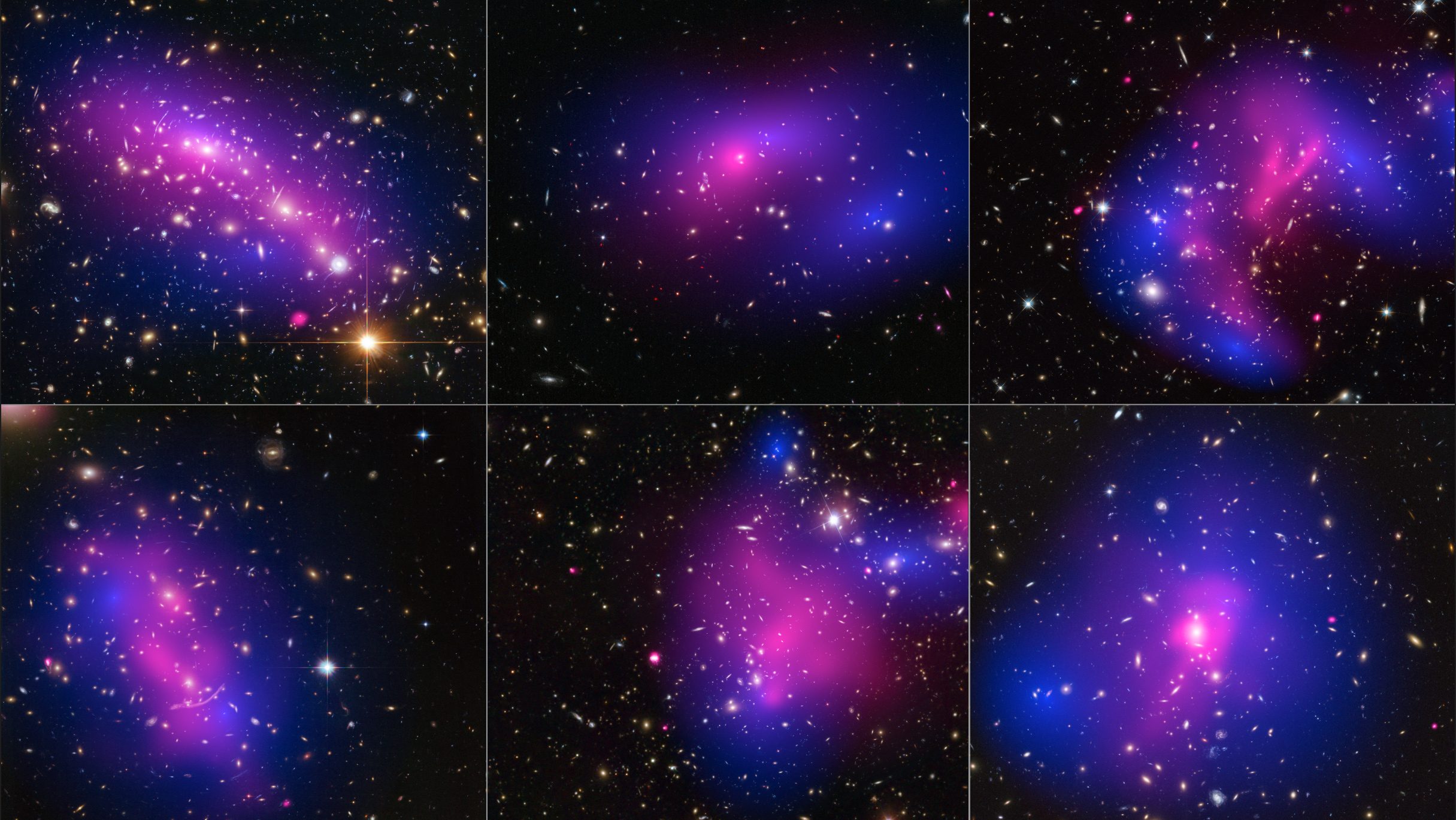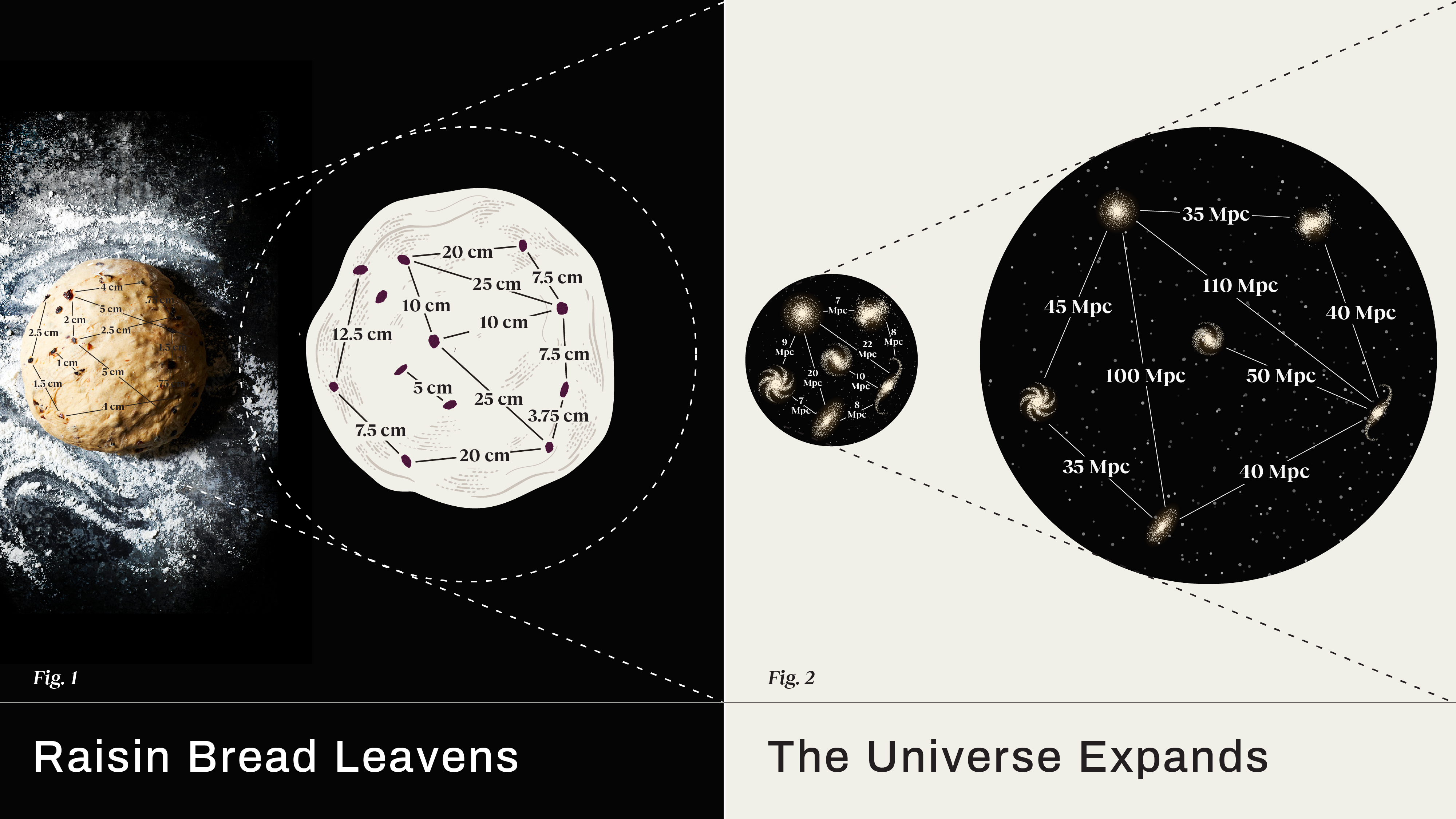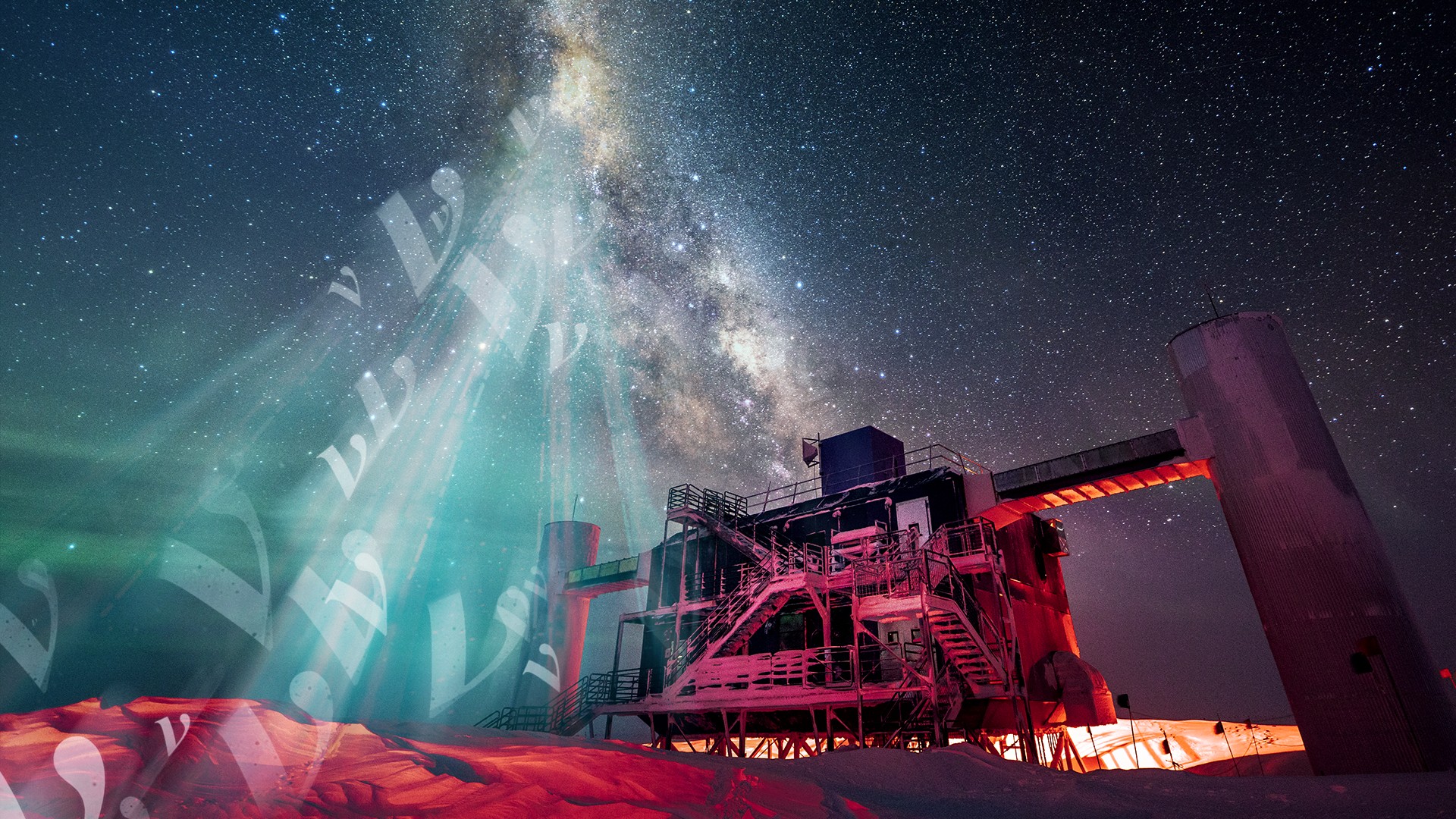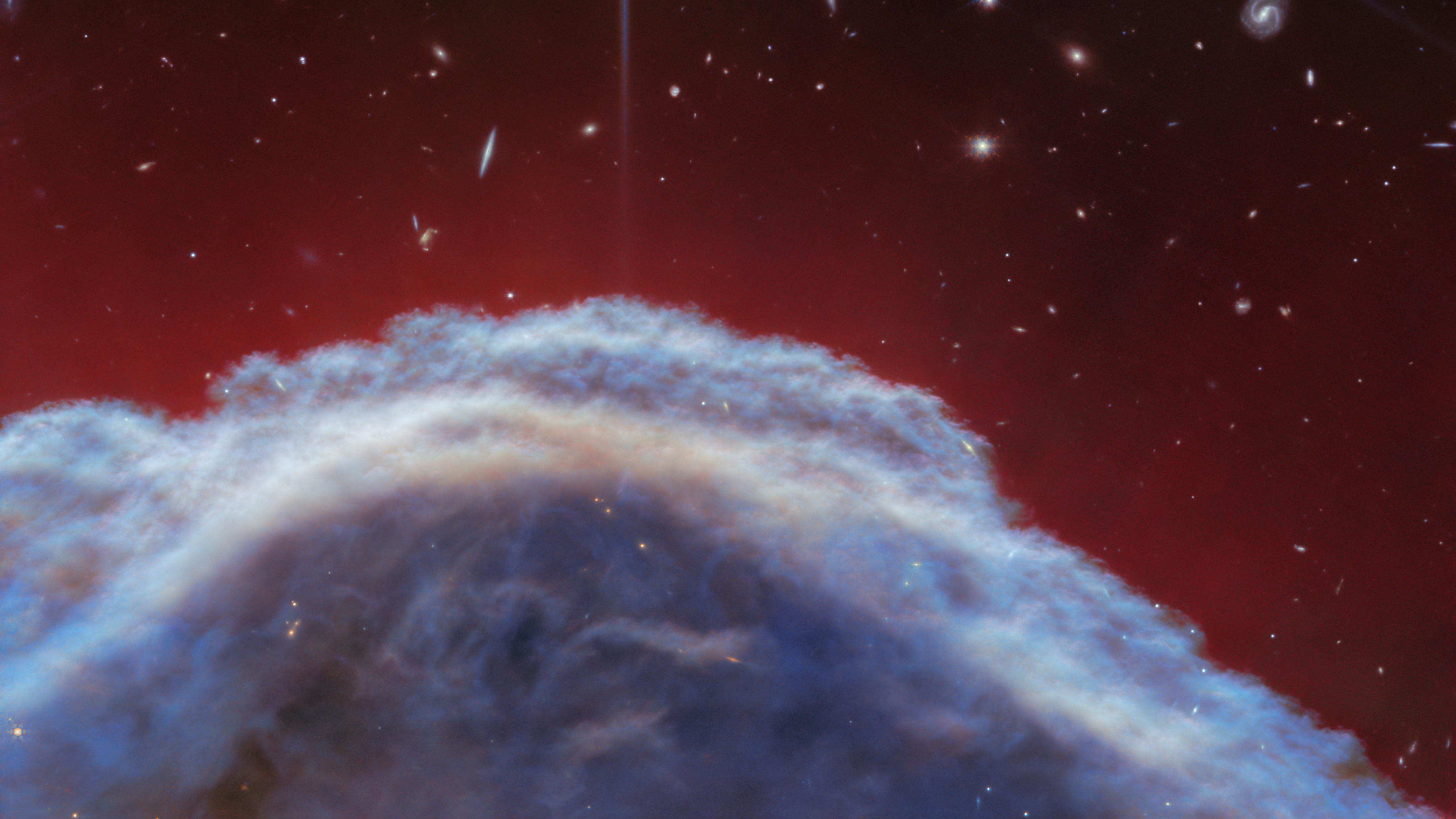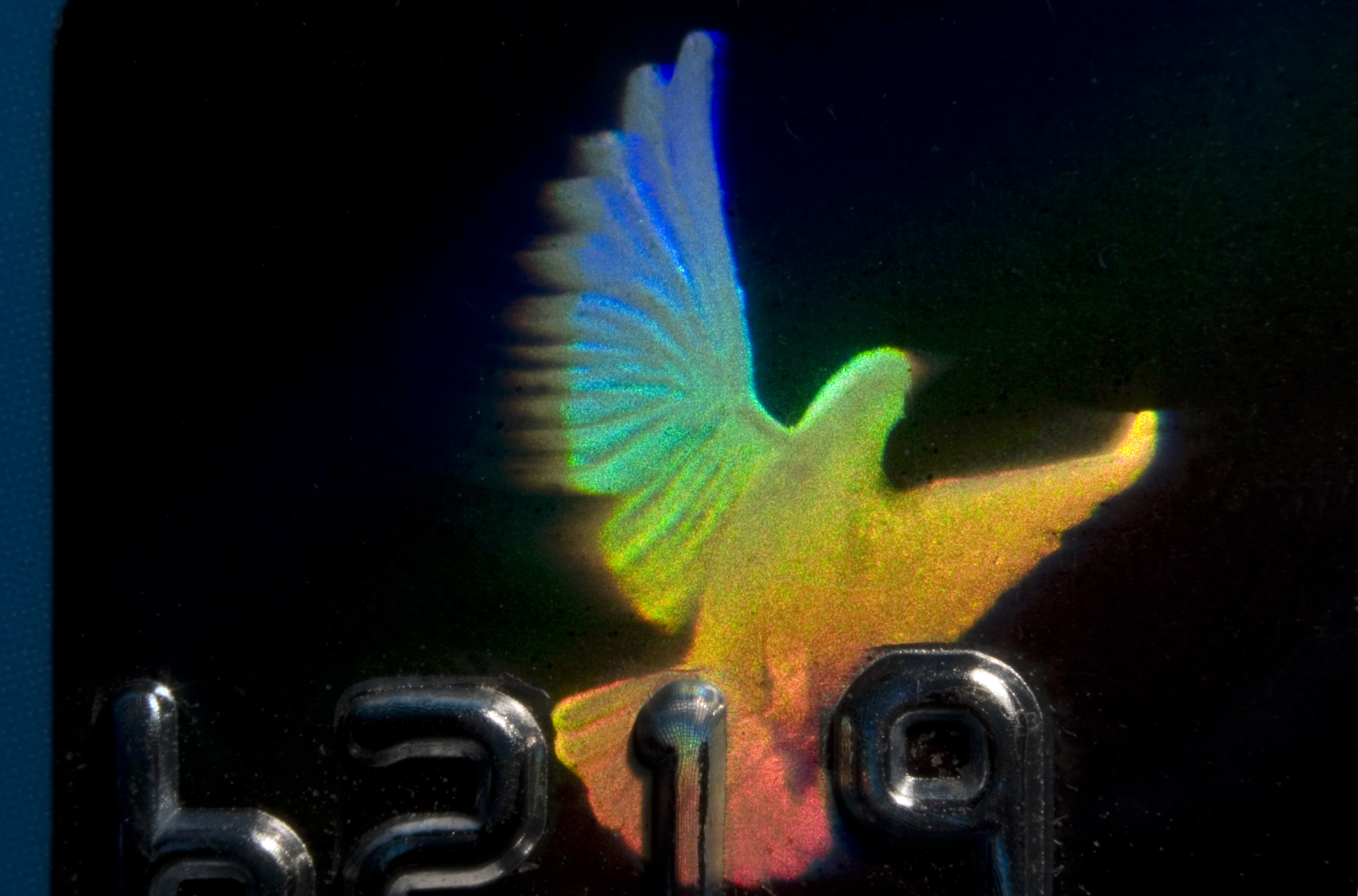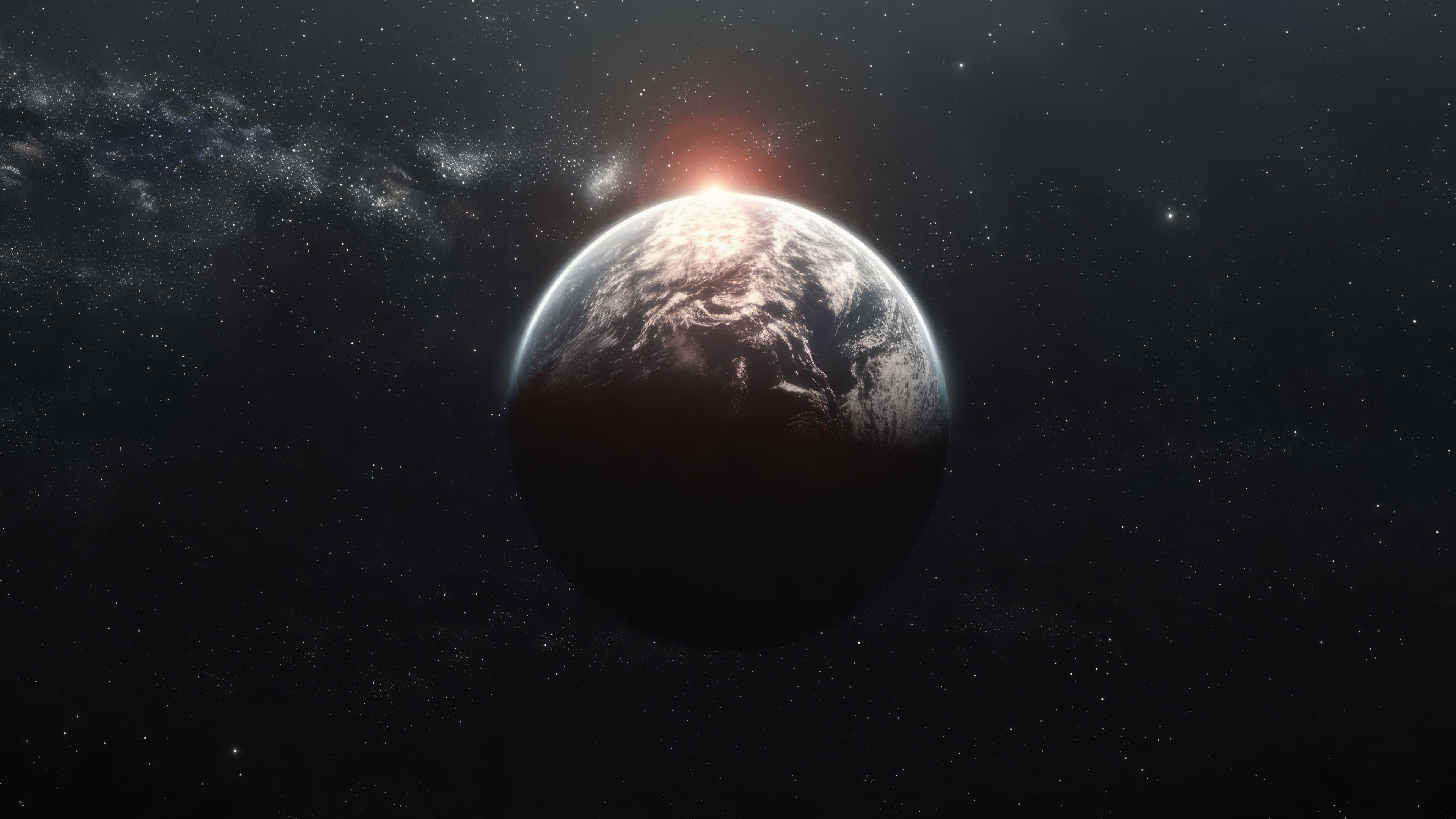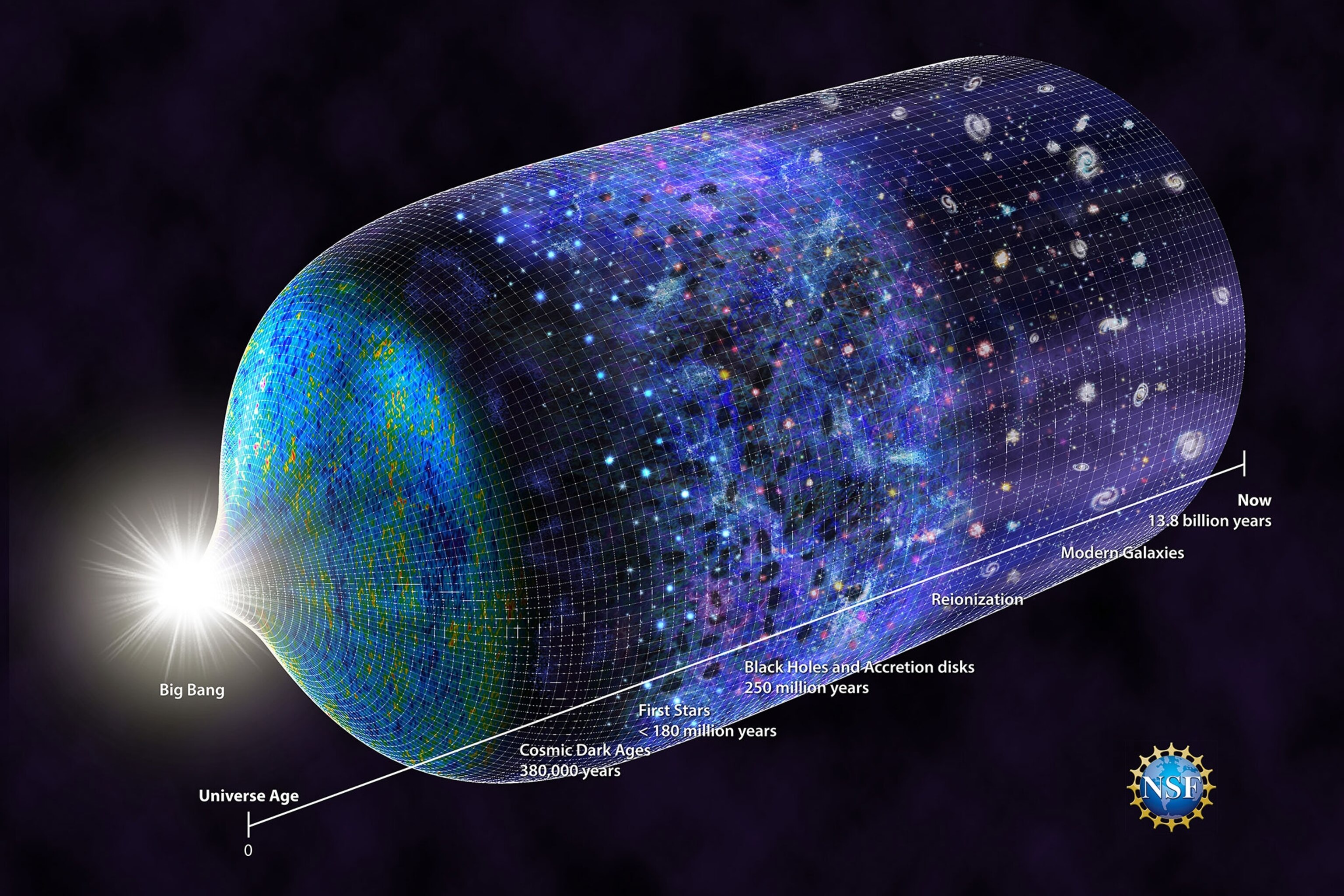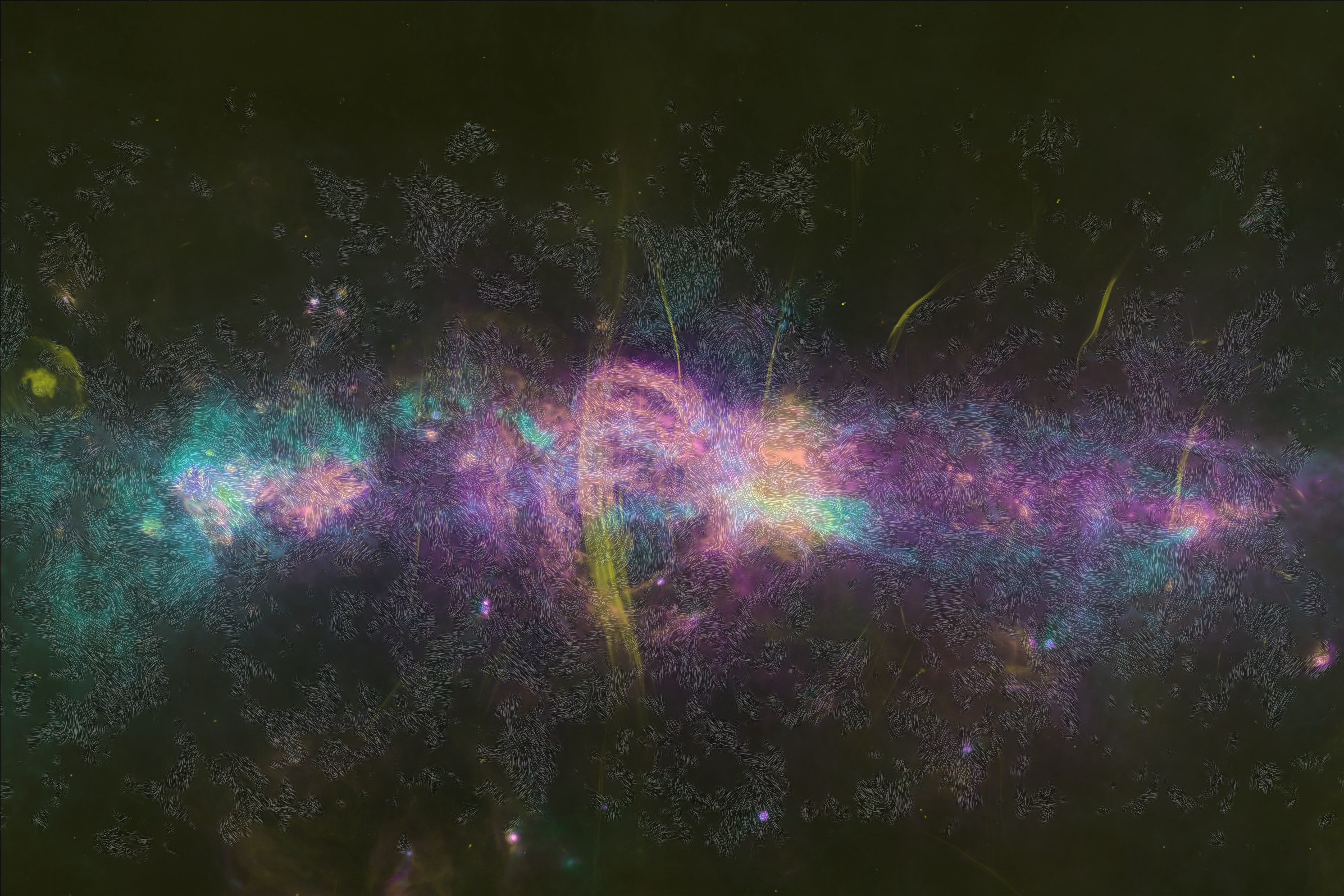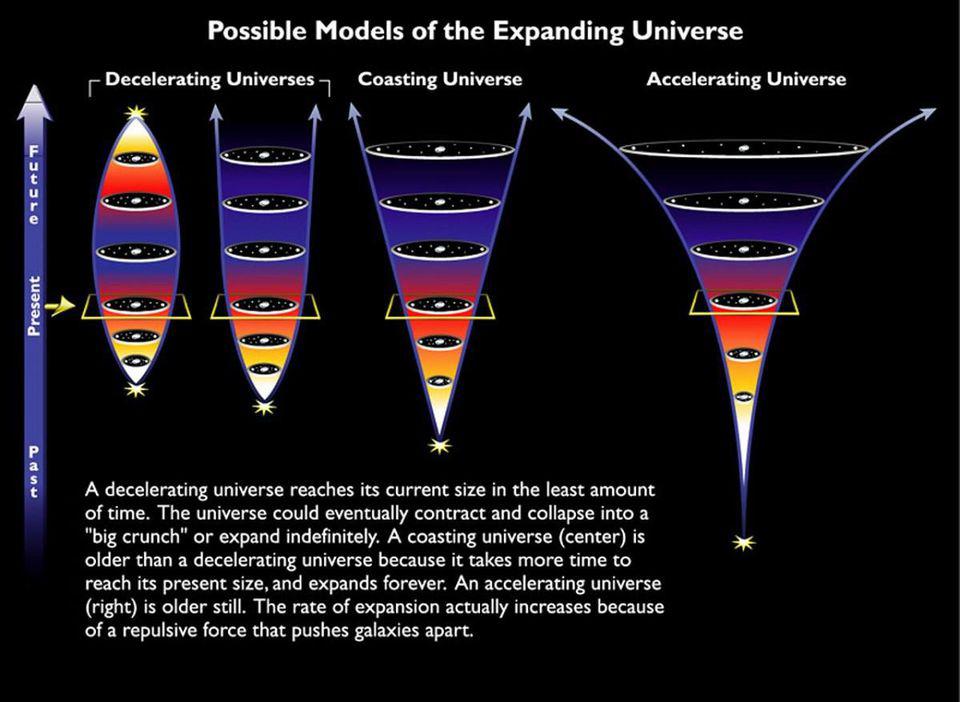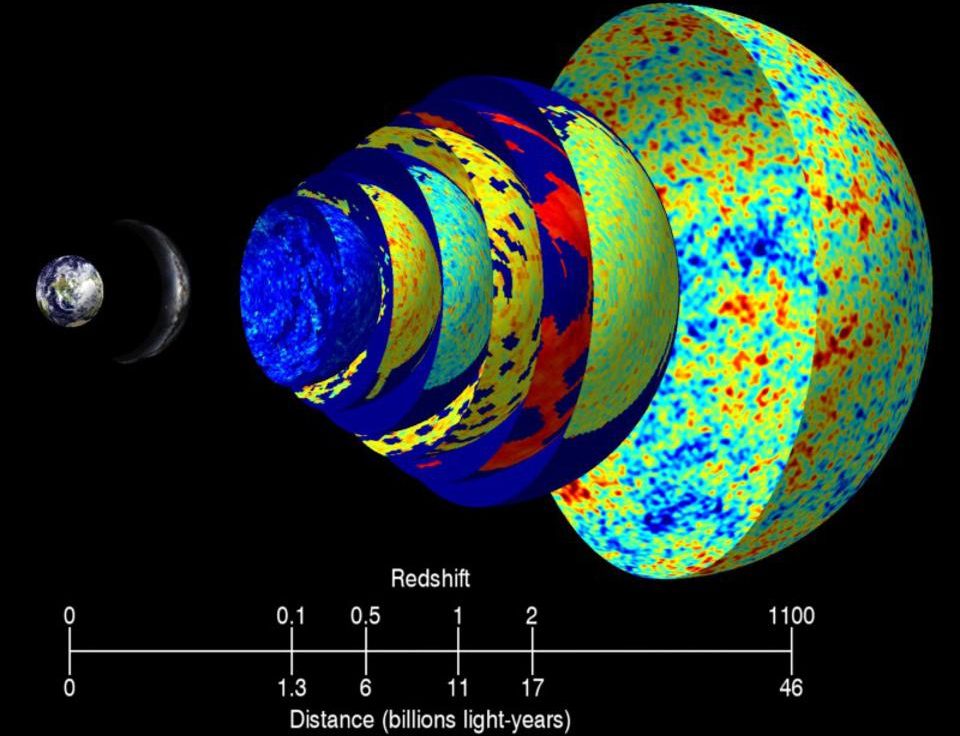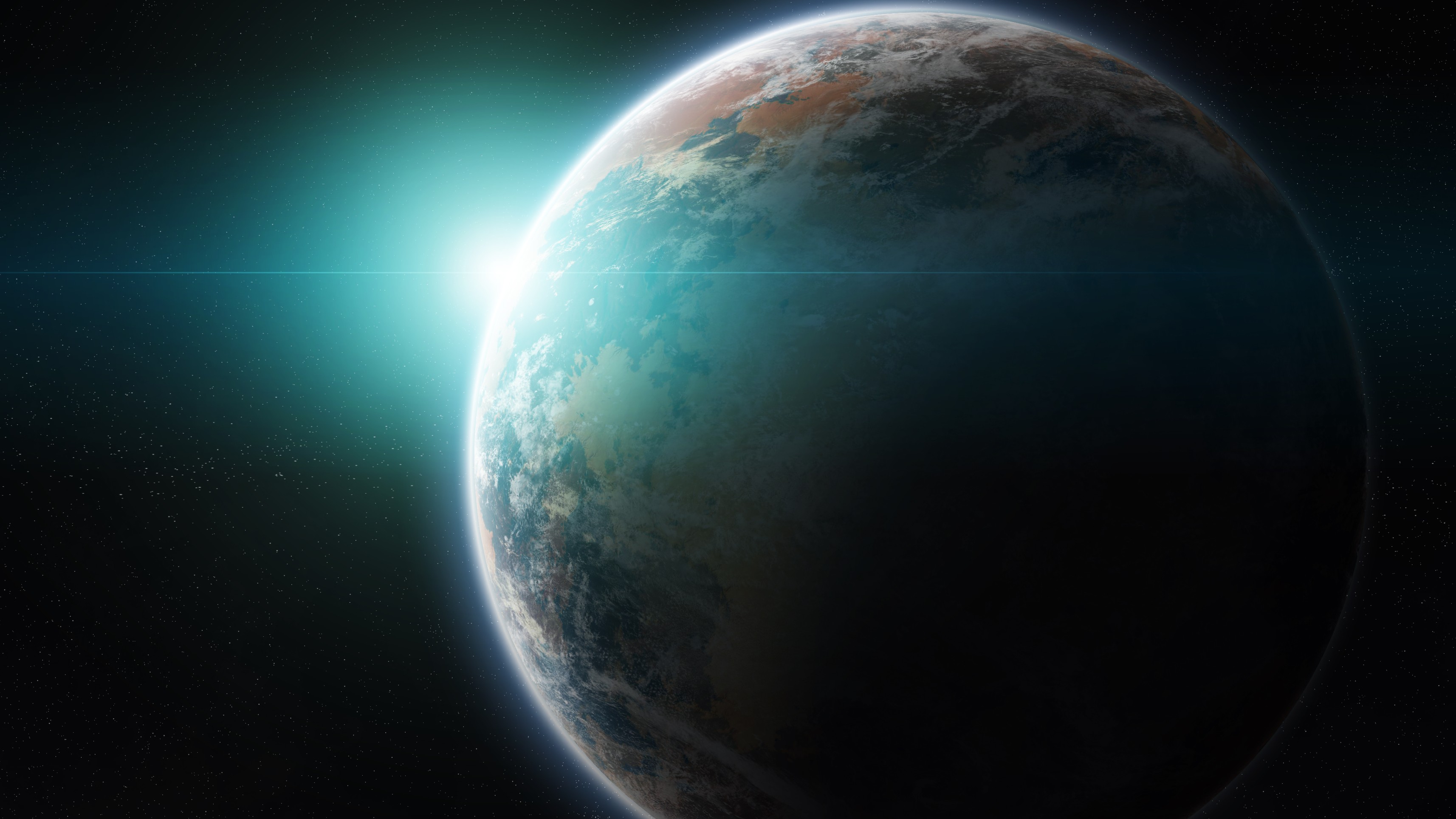Space & Astrophysics
The threats Mars astronauts face — and how NASA is working to solve them.
The expanding Universe, in many ways, is the ultimate out-of-equilibrium system. After enough time passes, will we eventually get there?
Some think the reason fundamental scientific revolutions are so rare is because of groupthink. It’s not; it’s hard to mess with success.
For nearly 25 years, we thought we knew how the Universe would end. Now, new measurements point to a profoundly different conclusion.
In ~7 billion years, our Sun will run out of fuel and die. So will every star, eventually. Here are the different fates they’ll encounter.
In 2023, data from the James Webb Space Telescope soured hopes that TRAPPIST-1 c had an atmosphere. That disappointment might have been premature.
The mutual distance between well-separated galaxies increases with time as the Universe expands. What else expands, and what doesn’t?
The number of planets that could support life may be far greater than previously thought, a recent discovery suggests.
It’s not a gambit. It’s not fraud. It’s not driven by opinion, prejudice, or bias. It’s not unchallengeable. And it’s more than facts alone.
The most iconic, longest-lived space telescope of all, NASA’s Hubble, is experiencing orbital decay as the solar cycle peaks. Here’s why.
The galactic center is home to the most powerful engine in the Milky Way: a supermassive black hole. How does its energy ultimately escape?
We normally think of dark matter as the “glue” that holds galaxies and larger structures together. But it’s so much more than that.
NASA’s minivan-sized drone is scheduled to search for signs of life on Titan in 2034.
There are many theories of gravity out there, and many interpretations of wide binary star data. What have we really learned from it all?
The evidence that the Universe is expanding is overwhelming. But how? By stretching the existing space, or by creating new space itself?
IceCube scientists have detected high-energy tau neutrinos from deep space, suggesting that neutrino transformations occur not only in lab experiments but also over cosmic distances.
In 2017, we detected gold being forged in a neutron star-neutron star merger. Now, in 2024, the amounts created simply don’t add up.
Learning to decode complex communication on Earth may give us a leg up if intelligent life from space makes contact.
The most iconic “dark nebula” of all lights up under JWST’s infrared gaze. Here’s what’s newly discovered inside.
If the past is any guide, things are going to take off quickly.
Holograms preserve all of an object’s 3D information, but on a 2D surface. Could the holographic Universe idea lead us to higher dimensions?
In general relativity, white holes are just as mathematically plausible as black holes. Black holes are real; what about white holes?
An interview with Lisa Kaltenegger, the founding director of the Carl Sagan Institute, about the modern quest to answer an age-old question: “Are we alone in the cosmos?”
From the earliest stages of the hot Big Bang (and even before) to our dark energy-dominated present, how and when did the Universe grow up?
This first-of-its-kind image offers a detailed look at the magnetic fields within the Central Molecular Zone.
Dark energy is one of the biggest mysteries in all the Universe. Is there any way to avoid “having to live with it?”
Astranis is on a mission to help everyone in the world get online.
In the 20th century, many options abounded as to our cosmic origins. Today, only the Big Bang survives, thanks to this critical evidence.
“I hope we take a mindset where we are willing to look for weird life in weird places.”
For some reason, when we talk about the age of stars, galaxies, and the Universe, we use “years” to measure time. Can we do better?

